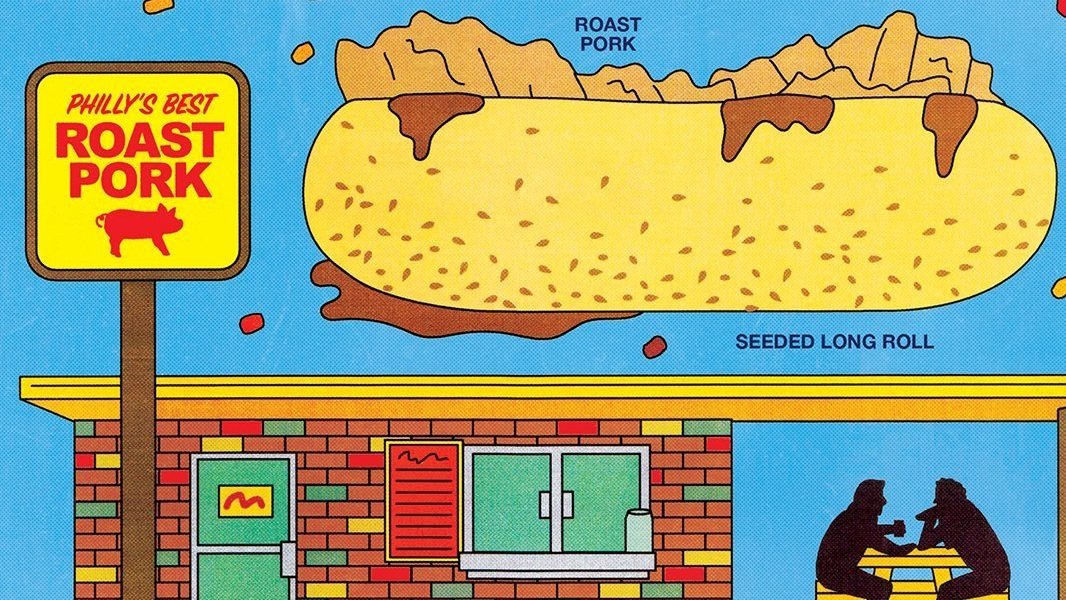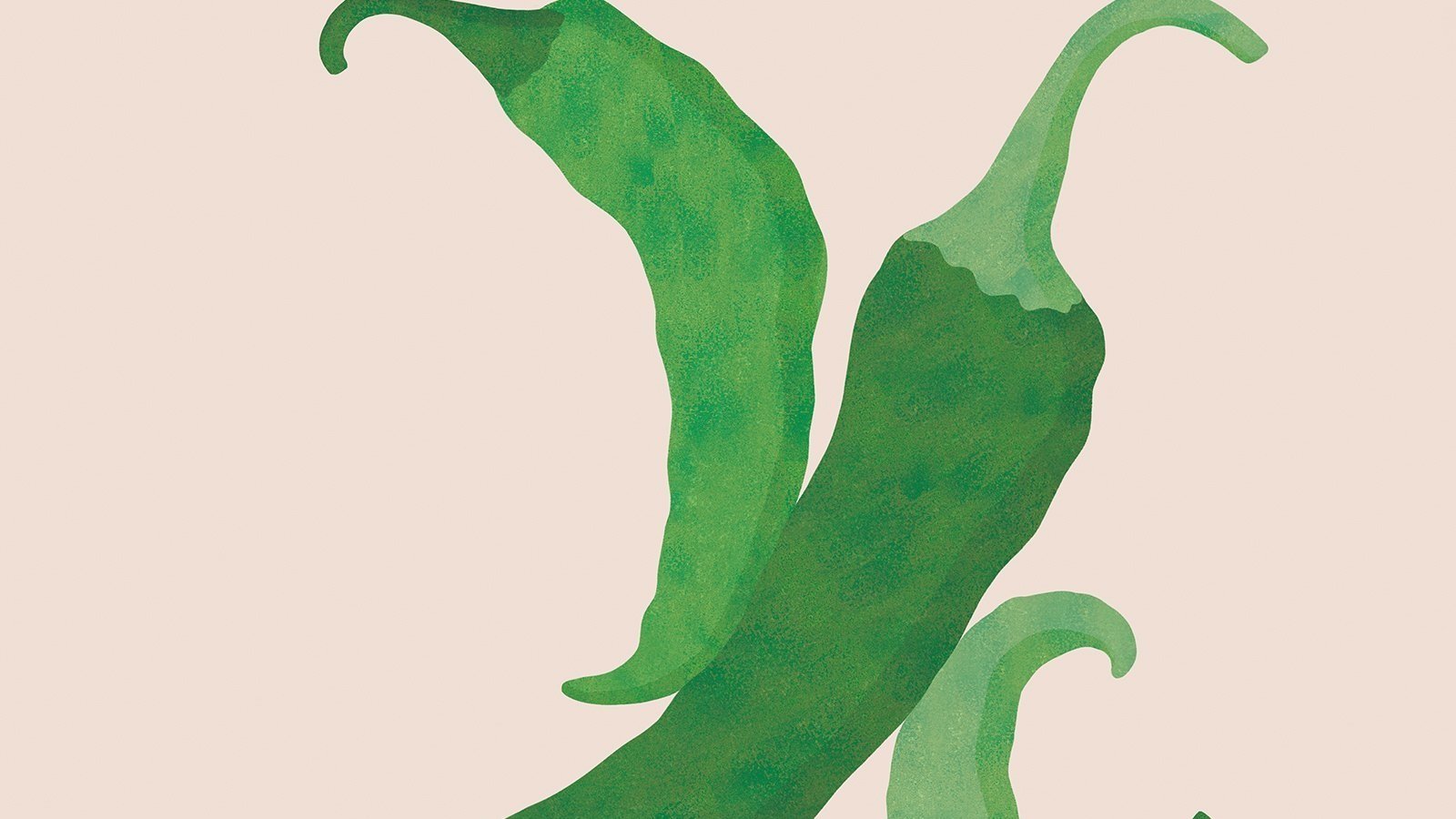Everything You’ve Always Wanted To Know About The Bánh Mì But Were Afraid To Ask
Text by Madeline Nguyen
Illustration by © Giacomo Bagnara
My childhood was marked by many constants and consistencies. The cigarette smoke that clung to the leather interior of my dad’s car. My mom’s wednesday night karaoke and poker parties. Arguments with my older sister over who was the rightful owner of a particular Barbie. And, when my dad would pick us up after-school on a Friday, going for bánh mì.
With a menu of fillings that rivaled that of any American sub-shop, there was an option for every person – no matter their age or personal taste. From headcheese (giò thú) and Chinese BBQ pork (thịt xá xíu) to roasted chicken (gà nướng) and my childhood favorite of pork floss and pâté (pate ruốc), the bánh mì was a marker of the weekend.
In Vietnamese, the term bánh mì, refers to both “bread” and the “sandwich.” And like other Vietnamese dishes, the bánh, or the starch and legume-based ingredients, often define the dish. Phở cannot be phở without bánh phở, or flat, rice noodles. The same can be said for bánh mì. So no matter how many Trader Joe’s bánh mì noodle bowls get sold and however many bánh mì salad recipes get published, a bánh mì can only be a bánh mì as a sandwich.
And it has to be a baguette. The baguette is the crux, the vehicle, and the namesake of the bánh mì, and the baguette could not exist in Vietnam without French colonisation. It’s a difficult thing to contend with, the realisation that both of Vietnam’s national dishes are products of French imperialism, but as history reveals, both the bánh mì and phở are reactions to French occupation, as well as subversions and indigenisations of French foodways and ingredients.
Arriving in Vietnam in the mid-nineteenth century, the baguette came with French occupiers looking to settle in the newly colonised Cochinchina (southern Vietnam). For the French, baguettes, or petit pains, were a source of comfort and, according to historian Erica J. Peters, making bread was one of the first things the French military taught the local population to do. These workers, equipped with new skills, and seeing a burgeoning market with the steady flow of French settlers, began to open their own bakeries and shops.
Originally called bánh tây (meaning “French bread”), the baguette was twice-baked daily in Saigon bakeries and was intentionally made thinner to combat the chewiness that was inevitable in the humid climate. Starting out as a breakfast food, the baguette was eaten with imported Bretel butter and a sprinkle of sugar, but by the early twentieth century, working-class Saigonese began filling the baguette with Vietnamese and French ingredients, turning it into an appropriate snack and lunch meal. (Never dinner though. A Vietnamese dinner must be warm and should be accompanied with a bowl of rice or noodles.)
The classic version of the bánh mì (sandwich, not bread) is a display of adoption and creation. Mimicry and originality. A melding of two cultures and two palettes to create something that is inherently Vietnamese. This is most obvious in the contents of the sandwich, with Vietnamese versions of their French counterparts being made for immediate consumption (so without preservatives or preservation methods), oftentimes leading to punchier bites of flavor and texture.
For example, Vietnamese pâté is typically steamed, rather than baked, and it contains ground pork cinnamon, white pepper, fish sauce (nước mắm), cloves and allspice (in addition to the traditional ingredients of chicken liver, onions, garlic, nutmeg, and cognac). Similarly, thịt nguội, or cold cuts, are Vietnamese attempts at recreating French ham sans curing (the Vietnamese climate is not suited for such an act).
Marinated hunks of pork shoulder and belly are roasted and cooled before being thinly sliced. These two ingredients, when combined with chả lụa (Vietnamese mortadella-like pork sausages steamed in banana leaves) and giò thú (a headcheese with rehydrated woodear mushrooms and fish sauce), make up the savory, rich base of a bánh mì đặc biệt, or “special bánh mì .” This heady, livery taste is further amplified by and contrasted against the custardy-creamy texture of mayonnaise; the cool, crunch of cucumbers; and the spicy hit of jalapenos.
The true magic, however, lies in the bright acidity of đồ chua. Delicate in taste and texture, đồ chua is a quick pickle made from julienned daikon and carrots – another French import – marinated in a white vinegar and sugar brine. They provide moisture to the sandwich and prevent the baguette from being too dry – an unpopular texture to the Vietnamese palette. And they were my favorite part of the sandwich growing up.
I could eat it straight from the jar. Going and going until my fingers pruned and my tongue went numb from all the vinegar. My mother, or grandmother, or whichever passing auntie would scold me before giving me a glass of soy milk, or sữa đậu nành, to calm the stinging in my mouth. The combination of the sandwich – with its fine-tuned balance of salty, sour, freshness and heat – with the sweet nuttiness of soy milk is what truly brings me back... is what truly brings me joy. And as I’ve gotten older, my love for and understanding of the bánh mì is based on the fact that it is greater than the sum of its parts; the paradoxical nature of lightness and fulfillment.














